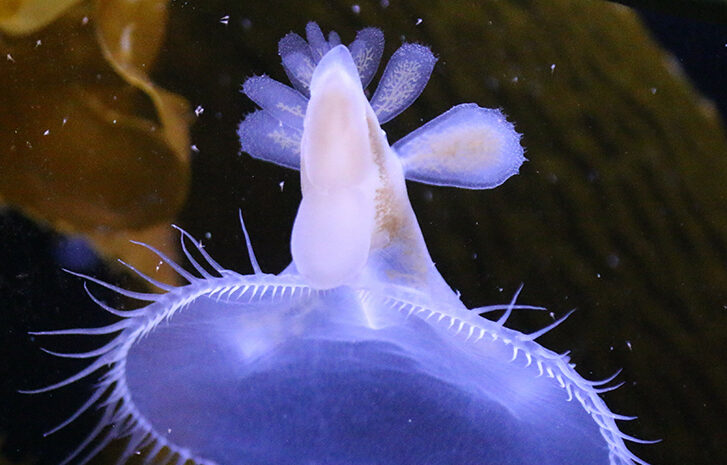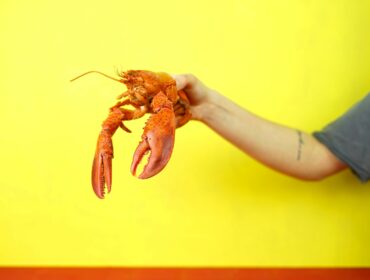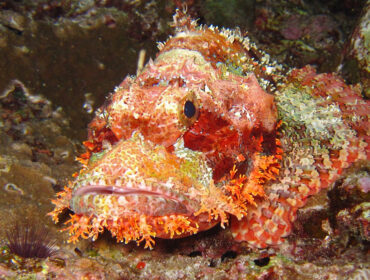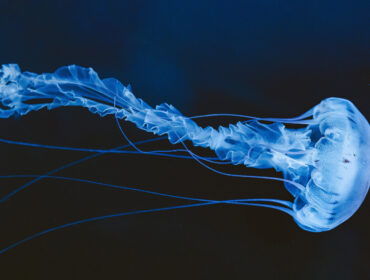We here at Aquaviews are huge fans of nudibranchs for their fantastic variety of shapes, colors, and sizes, not to mention that you can see them in virtually every sea across the globe. These brilliantly designed creatures hail from the class Gastropoda, which encompasses thousands of species of snails and slugs both on land and in the sea. But the particular species that has caught our eye this week is the Melibe Leonina, more commonly known as the hooded nudibranch or the lion’s mane nudibranch, found primarily in colder waters of the western coast of North America.
Facts about Melibe Leonina
This bizarre sea creature travels much in the same way other nudibranchs do, by propelling itself through the water with a side-to-side sort of gyration. It is a predatory species, feeding on minute creatures that proliferate the water column, including amphipods, copepods, small mollusks, larvae of other invertebrates, ctenophores, and even jellyfish. This last species is the most enjoyable form of prey for the Melibe Leonina because the method that it employs to ensnare its victims rather resembles the appearance of a jellyfish.
The graceful Melibe Leonina has a large, expandable oral hood lined with sensory tentacles that detect prey when the hood is expanded in the water column, resembling a jellyfish. However, when the unfortunate victim finds its way inside the oral hood, it becomes more like the leaves of a Venus flytrap, shutting closed rapidly with tentacles intertwined so that it can bring the food into its mouth. The entire body of this fascinating creature is translucent, with 4-6 pairs of paddle-like appendages that can be shed if threatened like predators, distracting them while it makes its escape.
Where is Melibe Leonina Found?
They are most often found on eelgrass and other seaweeds in shallower waters, but they are also observed in the kelp forests of deeper waters, where they gather in large groups to breed and lay eggs. One of the most curious features of the Melibe Leonina is the odor it emits when it is removed from the water or kept in captivity with many others, described by some as smelling like fruit-flavored gum. Due to this unique characteristic, coupled with their flower-like appearance when their oral hoods are fully expanded, a group of this species is called a “bouquet.” It’s not an ominous moniker for a species from a family collectively called sea slugs! Check out these incredible videos of the Melibe Leonina in action.





